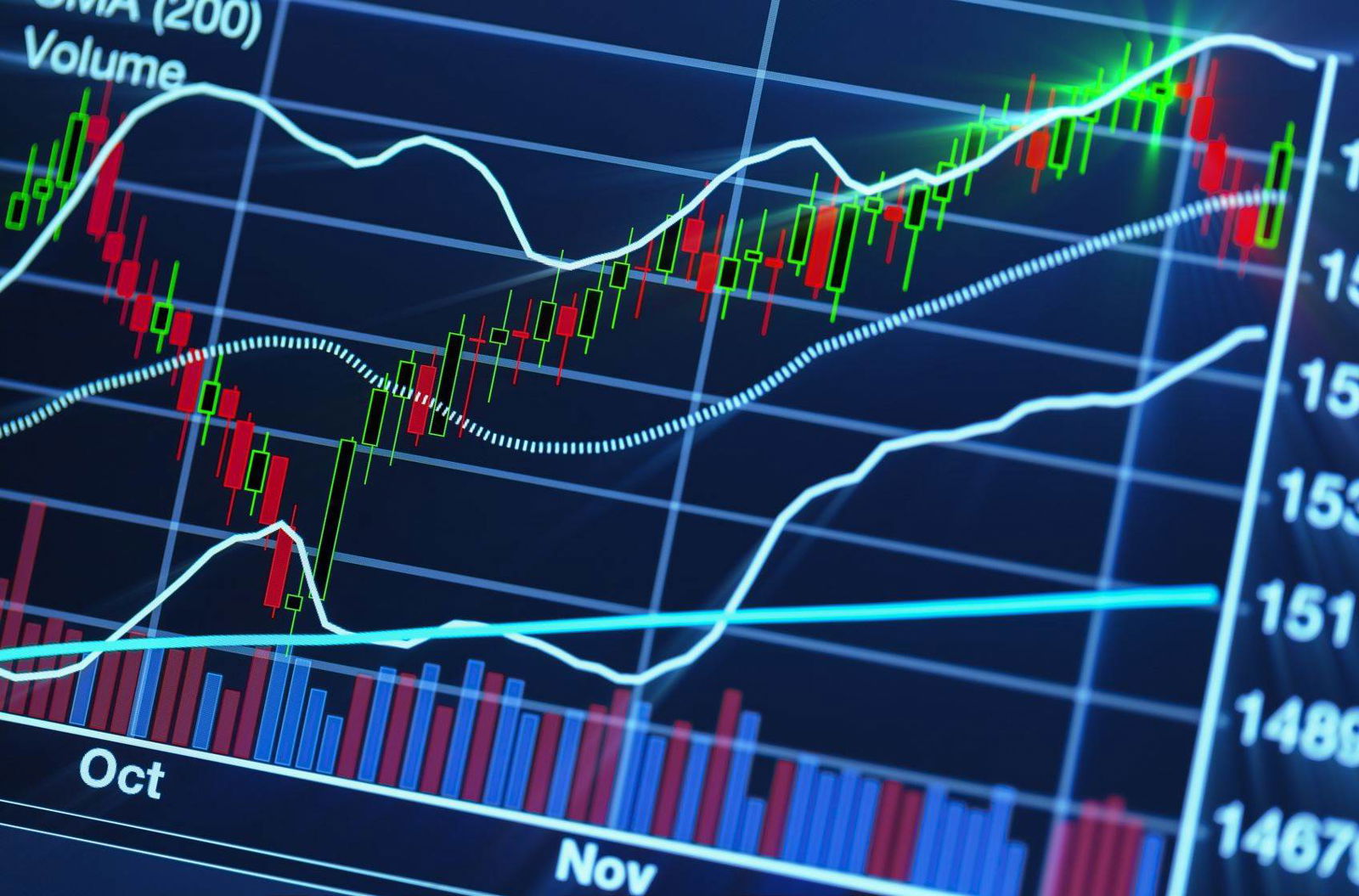But first, current assets can be many different things across many industries, particularly regarding liquid assets, which are anything that can be sold quickly and turned into cash. Cash is cash, and deposits is money that is coming in from the different outlets of the company.

Taking a look at cash specifically, this is the most basic because it is what it is, cash. However, you want to know how much cash the company has and if it can live off of that cash if revenue began to slow. Cash is what makes a buinsess tick and should be regarded as one of the most important aspect in the current assets.
Switching over to deposits, think of it like a bank and people depositing money. A business may have money coming in as deposits, but it may not be on the books right now, but with certainty will come. If you want to take that a step further, you can look into the creditworthiness of the business that are depositing money and if they will continue to pay. Deposits could also represent money the company already has as the deposit.
Lastly are liquid assets, and these are assets that can be sold quickly and turned into cash. For some companies, this could be a vehicle or a piece of machinery that is in high demand. You will not take inventory into account because that may not be able to be liquidated quickly. Obviously if items needed to be liquidated, the company could discount the price enough to where they would fly off the shelf, but in your equation that typically is not included.
Current assets should be an important part of your fundamental research as this can give you an idea of how the company is in terms of debt and other relatable factors. You can compare this numbers across others in the industry, giving you an idea of where the company stands in relation to the others. If you still need help, there are many tools and groups out on the internet that can help guide you in the right direction.
Building efficient market-beating portfolios requires time, education, and a lot of computing power!
The Portfolio Architect is an AI-driven system that provides multiple benefits to our users by leveraging cutting-edge machine learning algorithms, statistical analysis, and predictive modeling to automate the process of asset selection and portfolio construction, saving time and reducing human error for individual and institutional investors.
Try AI Portfolio ArchitectEditorial Staff
Nathan Young is a Senior Member of Macroaxis Editorial Board - US Equity Analysis. With years of experience in the financial sector, Nathan brings a diverse base of knowledge. Specifically, he has in-depth understanding of application of technical and fundamental analysis across different equity instruments. Utilizing SEC filings and technical indicators, Nathan provides a reputable analysis of companies trading in the United States.
View Profile This story should be regarded as informational only and should not be considered a solicitation to sell or buy any financial products. Macroaxis does not express any opinion as to the present or future value of any investments referred to in this post. This post may not be reproduced without the consent of Macroaxis LLC. Please refer to our
Terms of Use for any information regarding our disclosure principles.
Would you like to provide feedback on the content of this article?
You can get in touch with us directly or send us a quick note via email to
editors@macroaxis.com